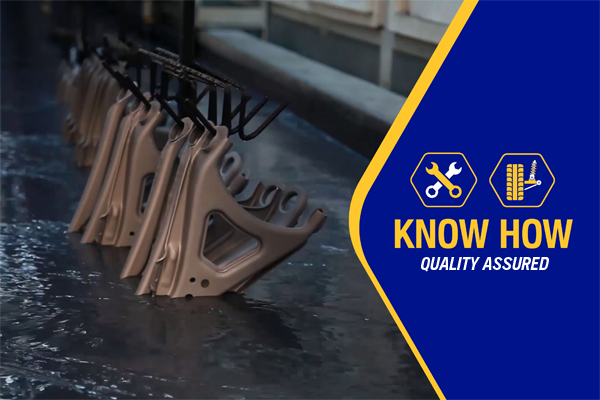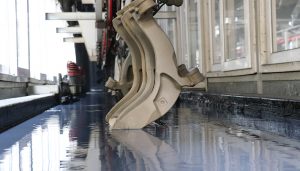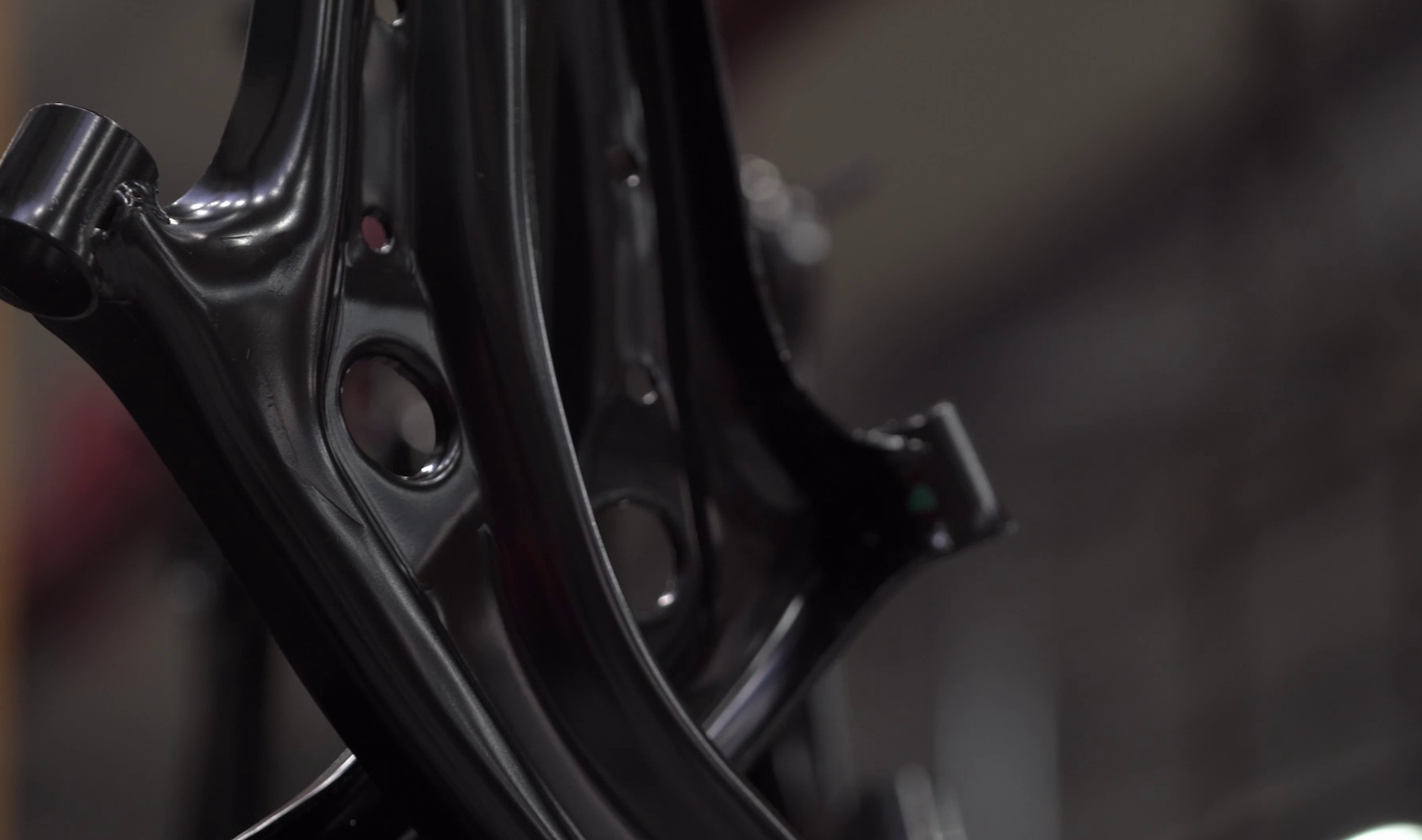
Know How – Quality Assured – Understanding Cataphoresis Plating
17 May 2021
Category:
At NAPA, automotive quality starts at production. That is why we are excited to introduce a new series of Know How articles detailing the commitment to market-leading practices that goes into our manufacturing. If you would like to find out more about the steps we take to deliver quality parts, why not take a look at the first issue of Quality Assured?
In the first issue of this new series, we will be looking at the anti-corrosive coating process known as Cataphoresis and how it protects steering and suspension from harsh environmental elements. If you have any further interest in the methods we use to add value to our parts at a production level or you require any technical assistance, please contact the NAPA technical line at 03333 136597.
Introduction
Protecting steering and suspension components from corrosion is essential to maintaining a vehicle’s overall condition. When it comes to shielding NAPA steering and suspension parts from oxidation without affecting performance, Cataphoresis is a method proven to be more durable and efficient than traditional painting.
WHAT IS CATAPHORESIS?
 Cataphoresis is an eco-friendly, high-performance surface treatment process for increasing the resistance of metallic materials to atmospheric agents through electrocoating. When using Cataphoresis to treat steering and suspension components, this process more specifically involves the coating of resin or paint onto metal.
Cataphoresis is an eco-friendly, high-performance surface treatment process for increasing the resistance of metallic materials to atmospheric agents through electrocoating. When using Cataphoresis to treat steering and suspension components, this process more specifically involves the coating of resin or paint onto metal.
PRE-TREATMENT
 Before undergoing Cataphoresis, the parts are cleaned and coated in phosphate to ensure a high-quality finish.
Before undergoing Cataphoresis, the parts are cleaned and coated in phosphate to ensure a high-quality finish.
When pre-treating these parts, Iron or Zinc Phosphates are typically applied through spray-painting or vat immersion. This ensures that they are coated as thoroughly as possible.
DIP TANKS
 Cataphoresis requires the use of dip tanks for immersing and electrocoating components. To prepare the tanks, we fill them with a combination of deionised water and paint solids. The deionised water acts as a carrier for the paint solids, allowing them to serve as both a pigment and a resin in the electrocoating stage. The paint solids can then colour the dipped metal components while also imparting anti-corrosive properties.
Cataphoresis requires the use of dip tanks for immersing and electrocoating components. To prepare the tanks, we fill them with a combination of deionised water and paint solids. The deionised water acts as a carrier for the paint solids, allowing them to serve as both a pigment and a resin in the electrocoating stage. The paint solids can then colour the dipped metal components while also imparting anti-corrosive properties.
ELECTROCOATING
 Once the parts have been submerged in the dip tanks, an electric current is discharged through the tank from an anode to the cathode. This current charges the paint solid particles, causing them to be bonded to the metal component in a non-corrosive film.
Once the parts have been submerged in the dip tanks, an electric current is discharged through the tank from an anode to the cathode. This current charges the paint solid particles, causing them to be bonded to the metal component in a non-corrosive film.
The depth of this film is a direct result of the amount of voltage sent through the dip tank, with higher levels leading to thicker coats of paint.
RINSING & CURING
 Once the part reemerges from the dip tank, the paint solids will remain attached to it. Excess paint can then be removed using water. This can be accomplished either through vat immersion or high-pressure washing, but the result will be a metal component ready for further treatment and the ability to reuse rinsed paint solids for future Cataphoresis. In this final stage, rinsed parts are placed in an oven. By operating at temperatures ranging from 82 °C to 180 °C, these ovens cure the paint to maximise efficiency, increase longevity and ensure the level of quality that sets NAPA products apart.
Once the part reemerges from the dip tank, the paint solids will remain attached to it. Excess paint can then be removed using water. This can be accomplished either through vat immersion or high-pressure washing, but the result will be a metal component ready for further treatment and the ability to reuse rinsed paint solids for future Cataphoresis. In this final stage, rinsed parts are placed in an oven. By operating at temperatures ranging from 82 °C to 180 °C, these ovens cure the paint to maximise efficiency, increase longevity and ensure the level of quality that sets NAPA products apart.
Did you know?
Unlike traditional painting methods, which only offer an efficiency of 50-60% due to paint loss, dripping and thickness fluctuations, the electrocoating process offers a 99% efficiency while remaining eco-friendly.
Chevrolet Spark Clutch Fitment Guide
A rattle generated from the clutch fork/release bearing area may be evident after a new...
Read MoreKia Sportage Clutch Fitment Guide
When installing a new clutch kit to the Kia Sportage CRDI (1.7, 2010-2015), you may...
Read MoreFuel Filter Fitment Guide - NFF2122
When replacing the fuel filter, it’s important to ensure correct fitment is followed. Keep the...
Read More